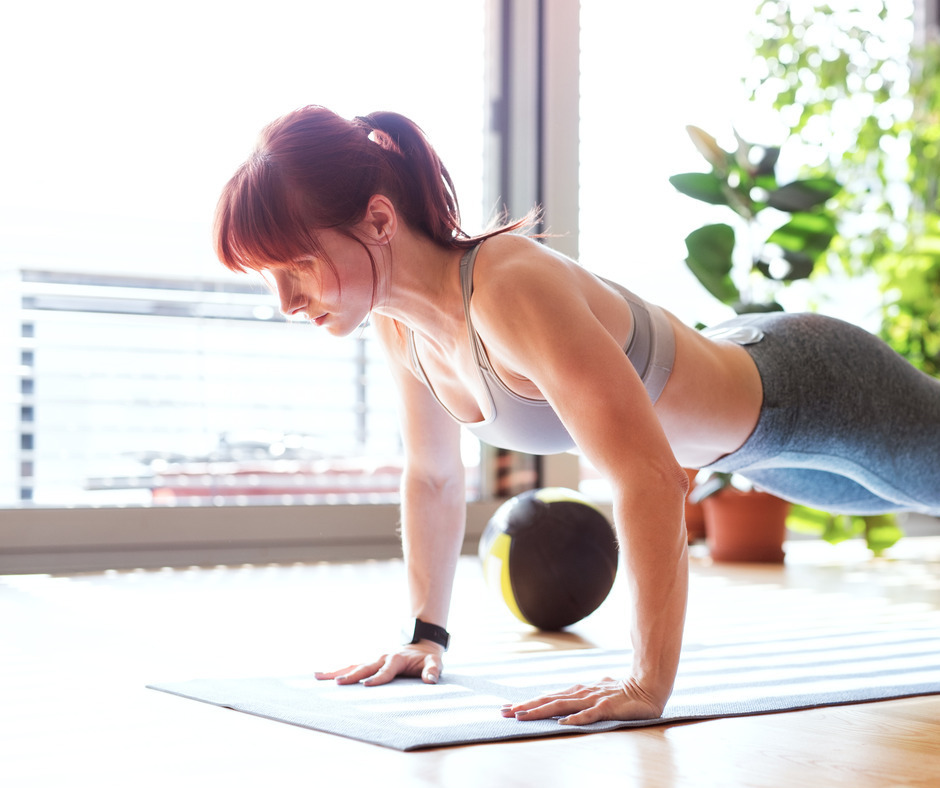As someone who loves yoga, you know the value of physical balance and mental clarity. Every session makes you feel connected and stronger. However, many adults are looking for additional exercises to improve their overall mobility.
Functional training is something all middle-aged adults should try. Learn about how this style of exercise complements yoga to build strength and stability.
1. Improves Daily Movements
Functional training is a great option if your goal is to strengthen everyday movements! Exercises that encourage motion, such as bending, lifting, and reaching, are important to improve your overall strength. Everyday movements make performing daily tasks easy.
2. Increases Mobility and Flexibility
Functional training focuses on dynamic movements that improve joint mobility and flexibility. Exercises that encourage a full range of motion keep your joints healthy. Everyday movements are more comfortable because they mitigate stiffness. You can feel stronger and more mobile, whether you stand all day or sit at a desk for work.
3. Boosts Metabolism
Metabolism is the process of your body converting consumed food and drinks into energy. Our metabolism naturally declines as we age. Since the body isn’t burning fats as quickly as it used to, some adults experience weight gain.
Functional training consists of full-body movements that can kickstart your metabolism. These workouts burn calories more efficiently, even after you’ve finished exercising. A faster metabolism makes it easier to maintain a healthy weight.
4. Enhances Mental Health
Physical activity releases endorphins, and functional training is no exception. Engaging in this form of exercise reduces stress and anxiety.
The varied and dynamic nature of functional training keeps workouts interesting and mentally stimulating. Feeling strong and capable in your body is sure to better your confidence and mood.
5. Reduces Risk of Injury
Most workout regimens focus on isolating muscle groups. While it’s favorable for those who prefer weightlifting, there’s a higher risk of injury. Functional training doesn’t require intense movements or weights.
This approach reduces the risk of injury both in and out of the gym by strengthening the muscles and joints used in everyday movements. A stronger, more balanced body is less prone to strains and sprains.
6. Demands Minimal Equipment
Accessibility is a driving factor of exercise. Similarly to yoga, functional training doesn’t require excessive equipment. Many functional exercises utilize just body weight; there’s no need to have a gym membership for access to complicated machines or weights.
The basic equipment for functional training includes resistance bands and stability balls. In most cases, utilizing your body’s natural resistance achieves a well-rounded fitness routine. You’ll gain all the benefits that functional training has to offer without demanding financial investment.
Middle-aged adults should try incorporating functional training into their workout regimen. While yoga enhances flexibility and mindfulness, functional training builds strength and makes everyday life not so challenging. Embracing both activities is a great way to achieve your fitness goals and advance your mental health.

